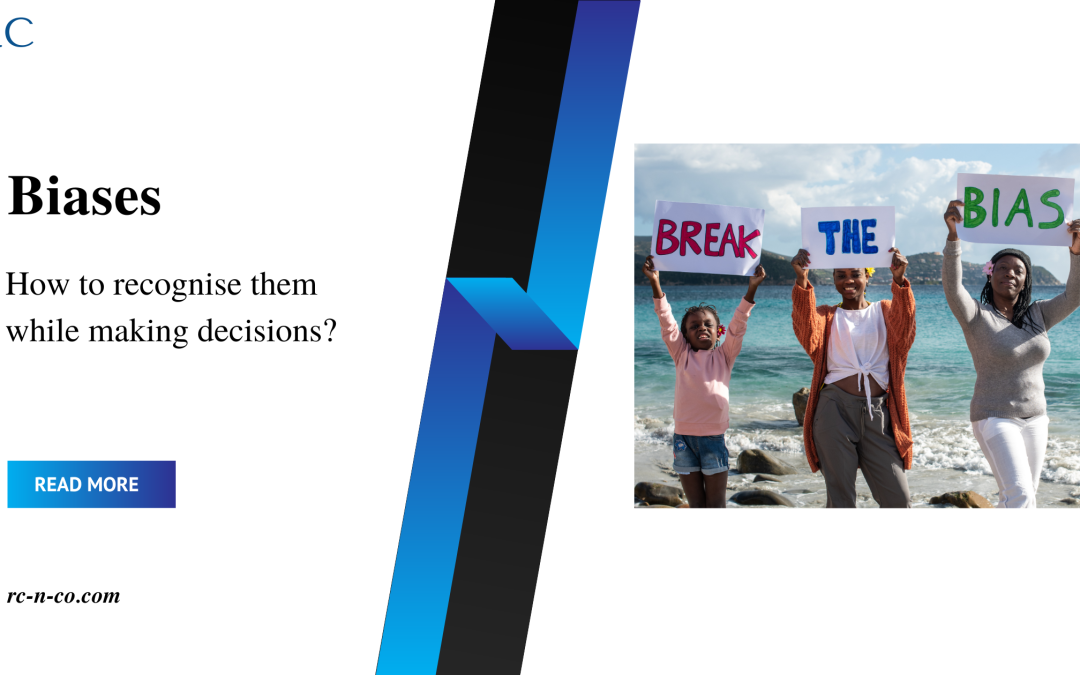In today’s fast pace environment with information inundating from all directions, leaders have to be on their toes with little time to process the information for decision-making. In addition, they get little time to observe the realm beyond their immediate milieu.
However, by being aware of the biases they can filter most of the information not relevant for decision making. In this piece, I am listing down some of the common biases which leaders must be aware of. They are:
Confirmation Bias
This bias involves seeking and interpreting information in a way that confirms pre-existing beliefs or hypotheses while ignoring or downplaying contradictory information.
Anchoring Bias
It occurs when individuals rely too heavily on an initial piece of information (the anchor) when making decisions, even if that information is irrelevant or arbitrary.
Availability Bias
This bias involves giving more weight to information or examples that come to mind easily, rather than considering a broader range of information. It can lead to overestimating the likelihood of events or making judgments based on vivid or memorable but not necessarily representative information.
Overconfidence Bias
This bias refers to individuals’ tendency to overestimate their own abilities, knowledge, or the accuracy of their judgments. It can lead to unwarranted risk-taking or underestimating potential challenges.
Sunk Cost Fallacy
This bias occurs when individuals continue investing in a course of action or project because they have already invested time, effort, or resources into it, regardless of its potential future benefits.
Availability Cascade
It happens when repeated exposure to a specific narrative or idea makes it more readily available in people’s minds, leading to a perception that it is more prevalent or significant than it may be.
Groupthink
Groupthink is a bias that occurs when a group values consensus and harmony over the critical evaluation of alternative viewpoints. It can lead to a suppression of dissenting opinions and a failure to consider all available information.
Hindsight Bias
This bias involves perceiving events as more predictable or obvious after they have occurred than they were before. It can lead to an overestimation of one’s ability to predict outcomes and an underestimation of the uncertainties present during the decision-making process.
Framing Bias
This bias occurs when individuals’ decisions are influenced by the way information is presented or framed. Different framings of the same information can lead to different decisions, even if the underlying information is unchanged.
Status Quo Bias
This bias refers to a preference for maintaining the current state of affairs and reluctance to change, even when alternative options may be objectively better.
Summary
Biases are natural and they can be useful in some situations through the development of heuristics.
However, leaders must take cognisance of these biases to mitigate their impact on decision-making. Recognizing and challenging biases can lead to more objective and informed decision-making processes.
I hope you like this article and I would be happy to receive your feedback.
For any assistance on business, finance, policy and technology, please feel free to contact us,
best regards
Rohit Chaturvedi
+91 98191 38652

